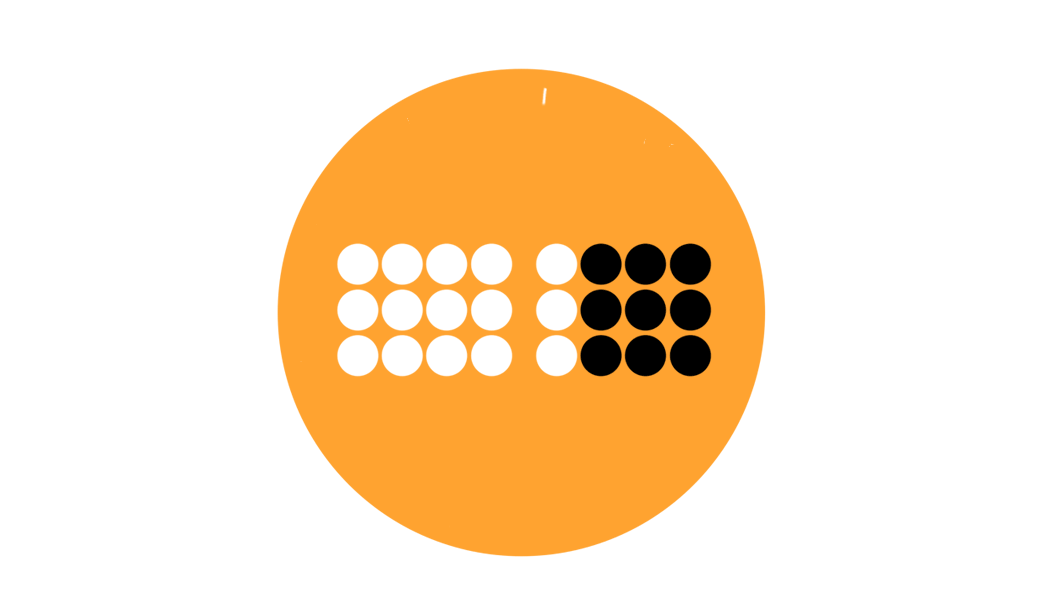| sense of time | on time |
numeracy The maths of time.  |
| references & inspiration | |||
Historically, units of time in many civilizations are duodecimal (also known as base 12 or dozenal). There are twelve signs of the zodiac, twelve months in a year, and the Babylonians had twelve hours in a day (although at some point this was changed to 24, which is twice as 12). The importance of 12 has been attributed to the number of lunar cycles in a year, and also to the fact that humans have 12 finger bones on one hand (three on each of four fingers). It is possible to count to 12 with the thumb acting as a pointer, touching each finger bone in turn. A traditional finger counting system still in use in many regions of Asia works in this way, and could help to explain the occurrence of numeral systems based on 12. - Wikipedia |
Sexagesimal (base 60) is a numeral system with sixty as its base. It originated with the ancient Sumerians in the 3rd millennium BC, was passed down to the ancient Babylonians, and is still used—in a modified form—for measuring time, angles, and geographic coordinates. The number 60, a superior highly composite number, has twelve factors, namely 1, 2, 3, 4, 5, 6, 10, 12, 15, 20, 30, and 60, of which 2, 3, and 5 are prime numbers. With so many factors, many fractions involving sexagesimal numbers are simplified. For example, one hour can be divided evenly into sections of 30 minutes, 20 minutes, 15 minutes, 12 minutes, 10 minutes, 6 minutes, 5 minutes, 4 minutes, 3 minutes, 2 minutes, and 1 minute. - Wikipedia |
||
